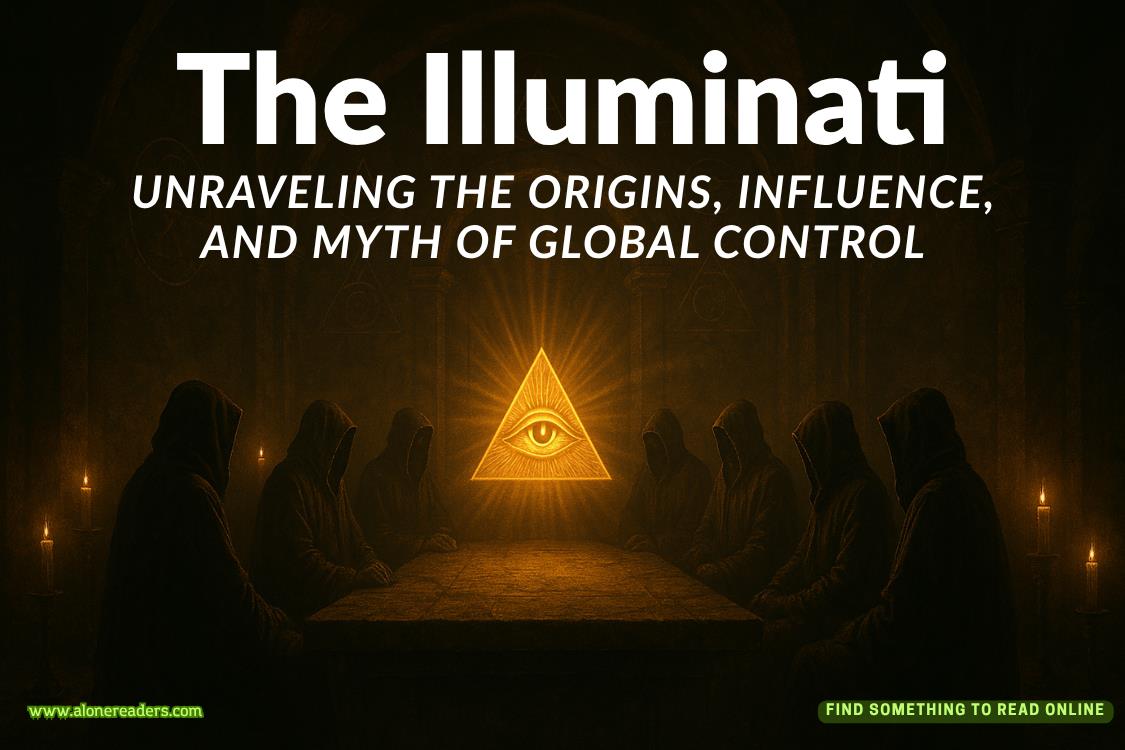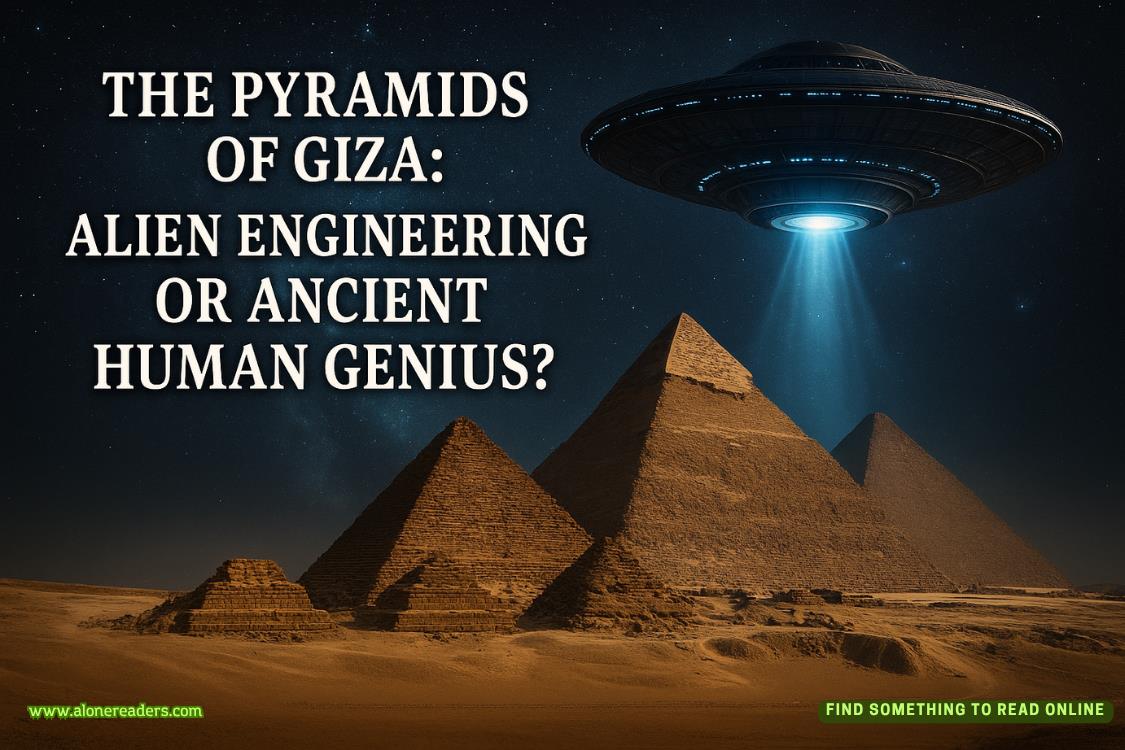Page 36 of Eruption
“Tell me when you do. And thanks, pal.”
“Pal?”
Now he smiled. “Bosom buddy?”
“Beat it, smooth talker, and let me work.”
Mac went over to Rick and Kenny. “Okay, boys,” he said, taking a seat next to them. “Show me what you got.”
Kenny did most of the talking. He explained that he’d run his program against all the data for each of the past five Mauna Loa eruptions, all the way back to 1949. They showed Mac how their data sets corresponded to a rotating three-dimensional display of the magma structures beneath the volcano. Additionally, there were sets about gas monitors and GPS three-axis inflation, thermal and satellite images. All of this was delivered rapid fire, as if the scientists didn’t even need the information on their screens, as if they had it memorized, a flow of what Mac thought of as the inside baseball of their world.
The world that might be about to blow.
That one.
“Then we get to predictive output,” Rick said, and there onthe screen was data on eruption probability, eruption volume, various locations, coolants, and dikes.
Finally, this:
ESTIMATED TIME TO ERUPTION: 4 days plus or minus 11 hours
When they were finished, they looked at Mac. Rick said, “What do you think?”
“I think it’s crap,” Mac said.
“You’re joking, right?” Rick asked.
Mac remembered Colonel Briggs saying the same thing. “Both of you, look at me,” Mac said, “and then decide if you think that’s a question you want to ask.”
“But we’ve run and rerun the numbers,” Kenny said, sounding defensive. “This is solid.”
“If you torture data long enough,” Mac said, “you can make it tell you whatever you want it to. What you guys are giving me is a false hard.”
He wasn’t actually sure that’s what they were doing, but he always made them defend their findings with everything they had. He would make them do it now, and he was not worried about hurting anyone’s feelings. In the past there had been room for error, lengthy back-and-forth debate, and even handholding. But not today.
“What happened when you ran the model against past data?” Mac said. Before they could answer, he added, “Did your program predict the 2022 eruption, for instance?”
“Yeah, Mac, it did, actually,” Kenny said.
“How close?”
“Within two hours.”
“How about the one in 1984?”
“Nine hours.”
“I’m telling you, the program works, Mac,” Rick said.
Mac said, “Can you predict ground temperature around the summit?”
Rick and Kenny looked at each other.
“We’ve never done it before,” Rick said. “We’d need to do some calculating.”
Mac said, “I’ve got the latest satellite infrared image, taken at two forty-three this morning. I need to see how closely your model matches it.”
“Give me ten minutes,” Kenny said.















